October 13, 2016
Mix of core and flexible workspaces will shape real estate by 2030 0
Thanks to the combination of a changing workforce and greater connectivity, up to 30 percent of corporate real estate portfolios will incorporate flexible workspaces by 2030, with offices more likely to be built around core hubs and comprising fewer locations. Along with this the Internet of Things and smart buildings will create new ways of managing productivity, sustainability and the user experience. These are some of the key findings of JLL’s new report series ‘Workspace, reworked: ride the wave of tech driven change’; two reports exploring the impact of technology, data and digital disruption on work spaces and real estate investment strategies. The series focuses on the office sector over the next 15 years, looking at how occupiers, developers and investors will need to view real estate differently and adapt in order to enhance investment returns and create work spaces that are fit for purpose in a rapidly changing, highly-connected world.


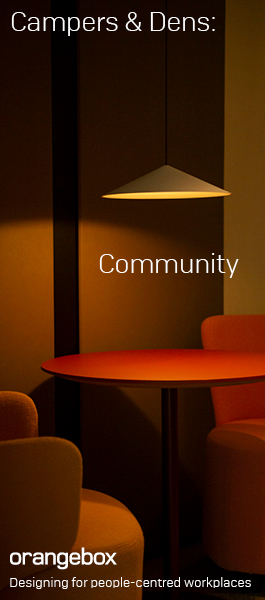




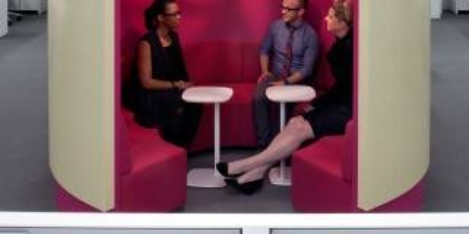








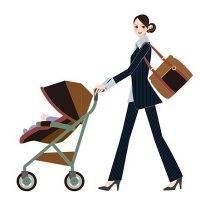







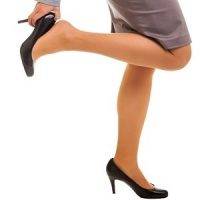

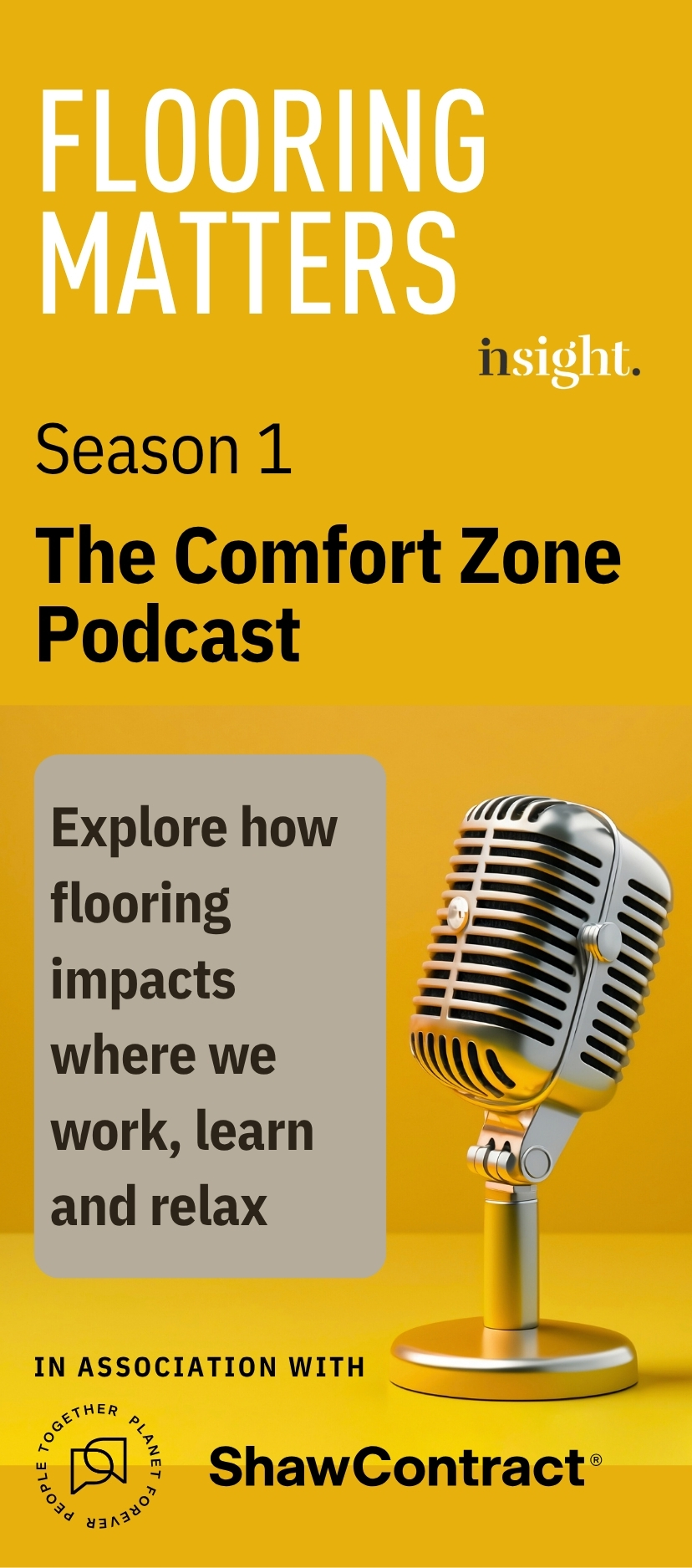







September 27, 2016
Businesses failing to look at workplace effectiveness in the right way 0
by Tim Oldman • Comment, Facilities management, Property, Workplace design
(more…)